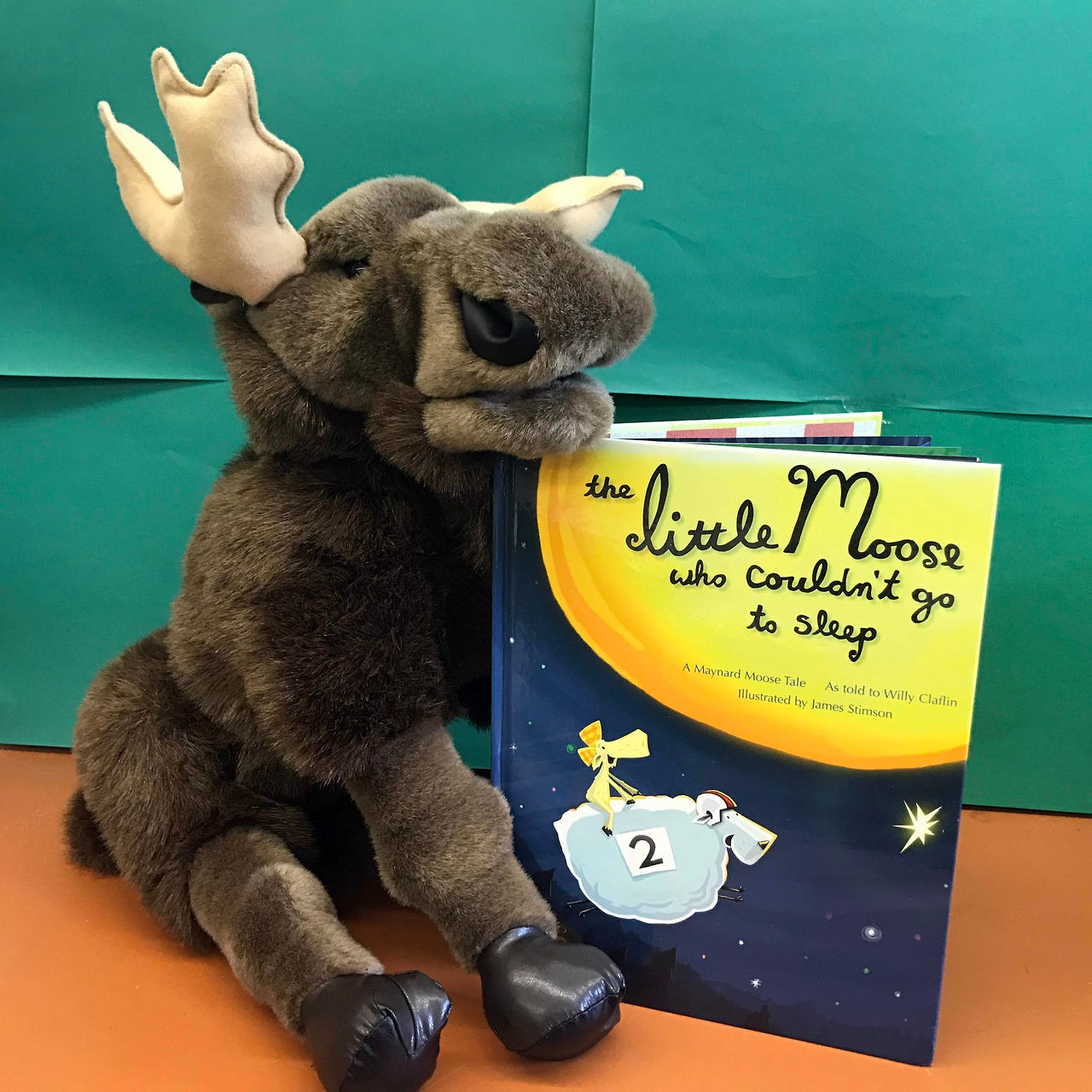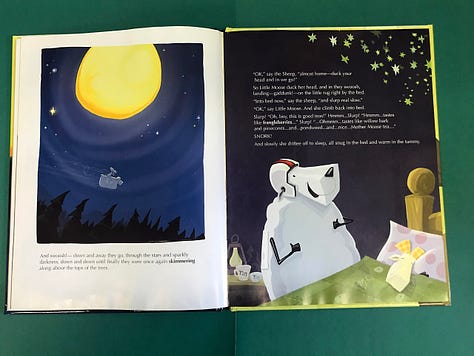This Can Be Beautiful / The Little Moose Who Couldn’t Go to Sleep
Books That Belong On Paper Issue No. 6
Books That Belong On Paper first appeared on the web as Wink Books and was edited by Carla Sinclair. Sign up here to get the issues a week early in your inbox.
A VISUAL AND CREATIVE FEAST FOR ANYONE WHO WANTS TO IMAGINE AND BUILD A MORE BEAUTIFUL LIFE


This Can Be Beautiful: Simple DIY Projects to Style Your Home and Redesign Your Life
by Tiffany Pratt
Appetite by Random House
2016, 176 pages, 8.1 x 0.7 x 10.0 inches, Paperback
This Can Be Beautiful is more than your average DIY-themed book. Created by the bright-eyed (and even brighter-haired) Stylist, Designer, and HGTV star Tiffany Pratt, the publication presents the most fun and stunning array of projects to transform your life from boring to beautiful.
We’re talking more than DIY home décor too, as the book also covers topics such as fashion and beauty, travel, party goods, kids’ projects, and more. It can certainly be called a bible for the modern-day creative, and who better to teach us about all things glitter-related than the proclaimed ‘fairy godmother’ of craft herself?
Readers will feel inspired by the colorful, confetti-adorned pages, as well as the whimsical photography by Tara McMullen throughout. There are also journal-style sections within the book to allow readers to get creative with specific prompts (i.e. I feel more beautiful because…).
Whether you’re looking to further flex your creative muscle or simply need a fistful of motivation to help you get started with all things crafty; This Can Be Beautiful certainly won’t disappoint.
– Melanie Doncas
THE LITTLE MOOSE WHO COULDN’T GO TO SLEEP — A WHIMSICALLY ILLUSTRATED CHILDREN’S TALE


The Little Moose Who Couldn’t Go to Sleep
by Willy Claflin, James Stimson (Illustrator)
August House
2014, 36 pages, 8.8 x 0.1 x 11.3 inches, Hardcover
“It’s an anthropocentric world we live in,” explains acclaimed storyteller Willy Claflin at one of his concerts. “We think we’re the only species that tells stories, but we’re not.” This is his way of introducing his puppet sidekick Maynard Moose, an esteemed storyteller from the North Piney Woods well-versed in the Mother Moose tales of that region. Claflin is a former teacher who began using a moose puppet that was given to him as a gift with his students. As the moose gained popularity at his school, it gradually began to acquire its own distinctive voice and mannerisms before completing its metamorphosis as Maynard.
Willy and Maynard have since become star attractions at some of the biggest storytelling festivals to ever convene, yet Claflin admits that he never actually began writing any of his stories on paper until he was 60 years old. Now in his ‘70s, Claflin has since published four Maynard Moose books with accompanying CDs, so that readers can experience hearing Maynard’s unique dialect and accent. Maynard sound not unlike a distant relation of Bullwinkle J. Moose, but he speaks with a countrified pidgin in which malapropisms assumes a baroque comic beauty. Lest anyone lose sight of the narrative, a glossary of “Moose Words and Their English Equivalents” is included.
Many of the Maynard’s Mother Moose tales are variants on familiar fairy tales, which arose from Claflin amusing his young son with Maynard by reciting nursery rhymes incorrectly. But The Little Moose Who Couldn’t Go To Sleep stands out as a wholly original tale that expands Maynard’s world. The story follows a little girl moose whose insomnia stems from getting distracted by her thoughts each night. After too many sleepy mornings at her school in the forest and too many failed home remedies, she decides to count sheep. As she does, one of the sheep takes her on a voyage beyond the stars to Mother Moose’s kitchen, a cottage where Mother Moose herself cooks up all of the stars and planets. The kindly sheep offers her some herbal tea to help her sleep before returning her home. She at last sleeps and awakes refreshed, content in the knowledge that whenever she can’t sleep she can call upon her sheep friend for another cozy cup of tea in the realm of dreams.
The Little Moose Who Couldn’t Go To Sleep has abundant whimsy to appeal to any reader, and the colorful, expressive illustrations further the joy of reading it. But don’t be fooled… there’s much more going on here than a simple bedtime story. Claflin weaves a tale in which the heroine goes on an epic quest that assumes mythological proportions. She finds the source of all Creation, and with it, inner peace and self-knowledge along the way. This might be a weighty interpretation of a child’s bedtime story, but Maynard is smarter than the average moose and explores depths with each tale that he weaves. Or as Maynard himself has said, “I am not stupid. I am distremely intelligible.”
– Lee Hollman
03/19/24





